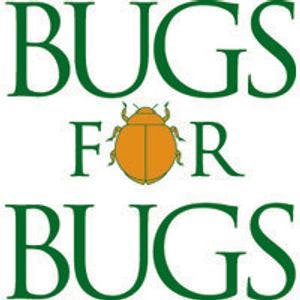Summary
Locally occuring parasitoids can be highly effective at suppressing pest populations, and there is a wide diversity of parasitoids that target the eggs of lepidoptera (moths and butterflies).
In Australia, the order Chalcidoidea is most prominent, which includes the families Aphelinidae (Aphelinids), Chalcididae (Chalcidids), Encyrtidae (Encyrtids), and Trichogrammatidae (Trichogramma) families.
Egg parasitoids have diverse physical characteristics, with colours such as yellow, brown, black, and metallic shades.
Depending on the parasitoid species, eggs can be laid individually or in clusters. The larvae of these parasitoids develop and pupate within moth eggs, ultimately emerging as fully formed wasps. This process results in the destruction of host eggs before hatching, effectively preventing potential crop damage.

Diet
Adults feed on pollen and nectar, whilst the larvae are predacious. Most parasitoid species have a narrow host range, targeting specific lepidoptera families or even individual species. Other species may have the broader abilities to parasitize various lepidoptera hosts within a given habitat.
Importantly, lepidoptera parasitoids exclusively attack and eliminate lepidoptera and do not cause harm to plants, other insects, livestock, or humans.
Pests Attacked*
*with pesticide resistance
Monitoring guidelines
These tiny wasps, usually less than 1mm in length, present challenges for field observation. Instead, monitoring their presence can be done by collecting lepidoptera eggs and storing them in a transparent container, as parasitized eggs darken to black.
Habitat management
Parasitoids can be found in various habitats where lepidoptera are present, including greenhouse and open field crops. Adults are commonly observed at flowers or actively searching for hosts around trees, vegetation, or plant litter. They thrive in protected environments with well-developed foliage, such as crops.
Creating diverse habitats with hedgerows, cover crops, brushpiles and wildflower strips can support generalist predator population, by providing additional food sources, nesting sites, and protection from pesticide exposure or extreme weather conditions. This aids parasitoid survival during non-crop periods or when crop conditions are suboptimal, improving early season control.
Many parasitoid species are highly sensitive to these insecticides, and excessive use can be detrimental to parasitoid populations and their effectiveness as biological control agents.
Consider adopting integrated pest management (IPM) practices, which involve using pesticides judiciously and as a last resort. Targeted application of pesticides, avoiding broad-spectrum ones, and selecting insecticides that have minimal impact on non-target organisms can help preserve parasitoid populations.
Chemical toxicity
To assist growers and advisors in making informed choices around insecticide use in Australian grain crops, the below table summarises the toxicity of foliar chemical sprays on lepidopteran egg parasitoids.
The impact ratings in the table are colour-coded, indicating the level of impact on beneficial insects. The colour scheme is as follows:
- Green: low impact (<30% mortality)
- Yellow: moderate impact (30-79% mortality)
- Orange: high impact (80-99% mortality)
- Red: very high impact (>99% mortality)
Data shown here is directly from the Beneficials Chemical Toxicity Table.
Ratings for toxicity are based on International Organisation for Biological Control (IOBC) protocols for laboratory studies and reflect percent mortality of insects.
These values represent mortality under controlled laboratory conditions – impacts may vary in the field, especially if multiple applications of a chemical occur.




